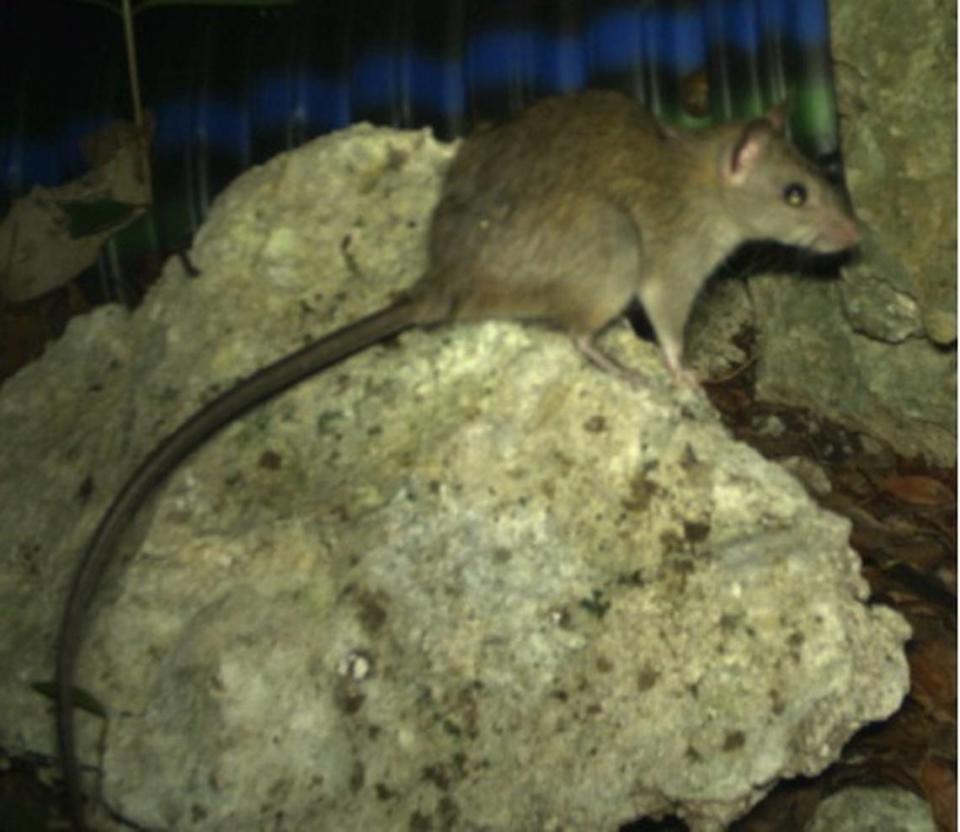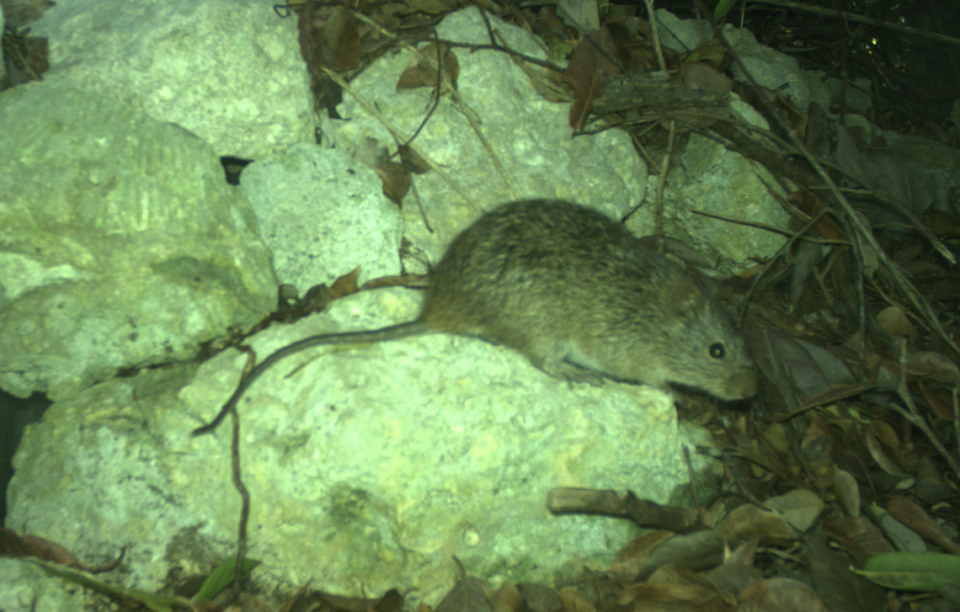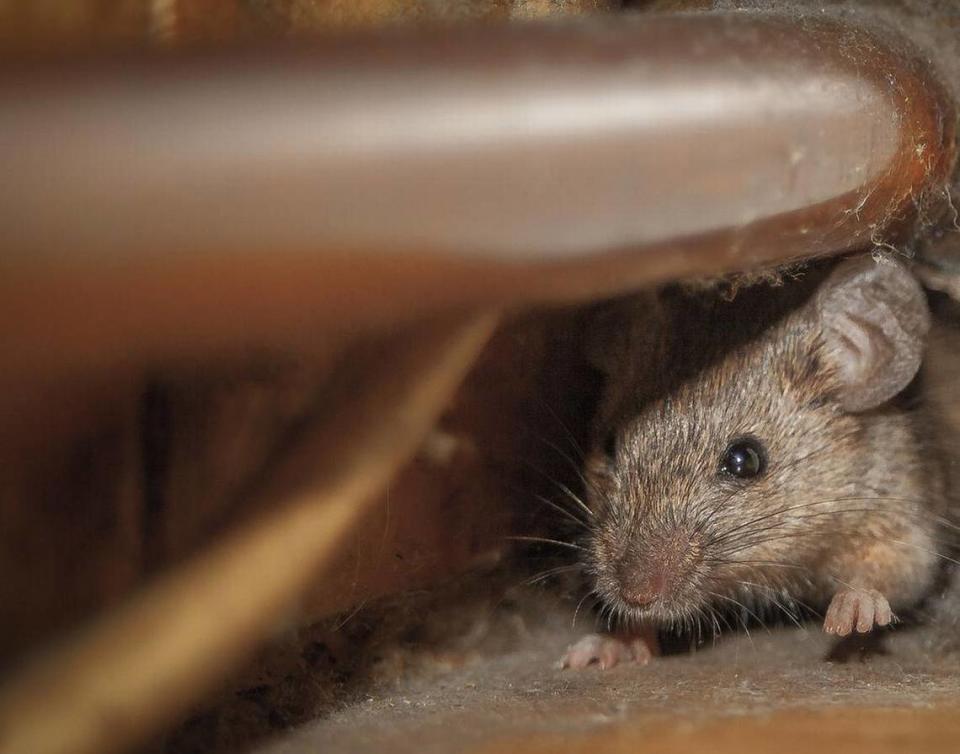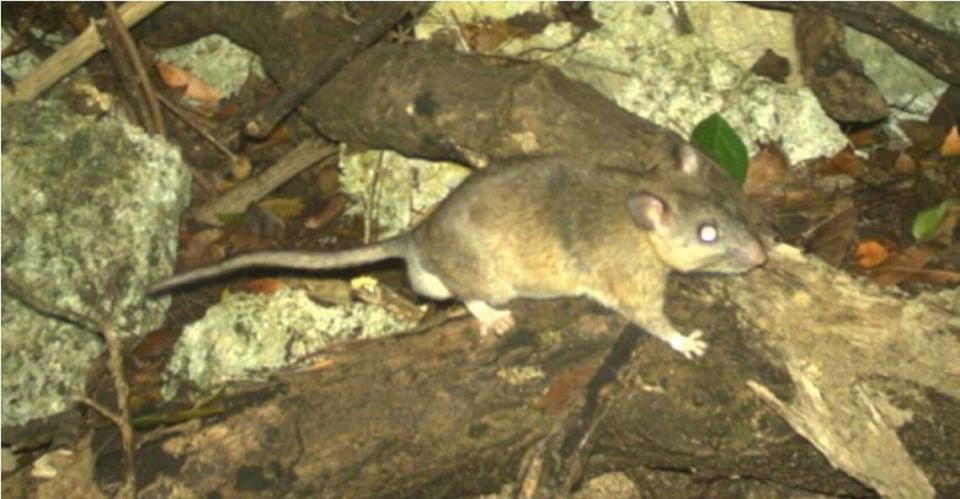NC’s rattiest cities: Ranking of metros with the most rats includes North Carolina spots
Pest control company Orkin recently released their annual “rattiest cities list,” putting a handful of North Carolina cities on the rat map.
Chicago took the top spot for the ninth year in a row, followed by Los Angeles, New York, Washington, D.C. and San Francisco.
Three North Carolina metro regions made the list this year. Here’s how they measured up:
These NC cities are among the ‘rattiest,’ Orkin says
Charlotte ranked 21st, jumping 16 spots from last year.
The Raleigh-Durham area came in 23rd on the list, bumping up eight places from last year.
Greensboro ranked 50th out of the list of 50 metro areas, jumping 17 spots.
Methodology: Orkin determined their rankings of metro regions by the number of new rodent treatments the company performed between September 2022 and August 2023, including both residential and commercial treatments. The data is only representative of Orkin treatments, spokesperson Callie Corley told The News & Observer.
For the full list and methodology, visit orkin.com/press-room/top-rodent-infested-cities-2023.

How ratty are cities like Raleigh?
The Triangle is home to lots of rats. Several are native rat species, while the non-native rat species are the ones we typically see in abundance in our urban and suburban spaces.
Native rats don’t enter our homes, and they can really only be found in green spaces. They play an important role in our ecosystem, serving as prey and seed dispersers, for example, said Michael Cove, research curator of mammalogy for the NC Museum of Natural Sciences in Raleigh.
But non-native rats — which are of the genus Rattus and highlighted in Orkin’s report — are pests, and they do not have a natural role in our state’s ecosystems.
They’re the ones you see scoping out trash cans and trying to make nests in your attic. And their abundance is driven by the availability of resources — specifically food thrown in the garbage.
“Managing those resources and making them less acceptable to rats is what helps control and reduce those non-native populations,” Cove said.
“I think that Raleigh has a great handle on sanitation and removing trash in a lot of areas, especially downtown, where it might be less well handled in mega cities.”

How to know if you have rats, mice in your home
Here are a few common signs of a rodent infestation, Orkin wrote:
• Droppings: You can often find rodent droppings in places where food is stored. This can include kitchen cabinets or pantries, under sinks, inside chewed cardboard boxes, along baseboards and on top of wall beams.
• Gnaw marks: Rodents are gnawers, and they’re known to bite through walls, wood and wires. Damage to wiring especially can increase risk of fires.
• Nests: Rodents prefer nesting in dark, secluded areas to avoid being disturbed. Look for shredded paper products, cotton, packing materials and other fabrics — rats and mice like to build nests out of these materials.
• Rub marks: Rats tend to leave grease or dirt marks along walls and floorboards, following a trail throughout the home between their nest and food.
• Strange noises: If you hear scurrying in the walls or attic, it could mean a rodent family has moved in. Rodents especially like attics, as they’re insulated areas for nesting.

How can you get rid of rats, mice in your home?
Here are some steps you can take, The N&O previously reported:
• Seal holes (even the tiny ones): Use expanding foam and caulk to ensure these small spaces are blocked off. But remember, rats and mice are tiny, and they can fit into the smallest of holes.
“Mice are incredibly squishy. If they can fit their head through a hole, they can contort the rest of their body through that same hole,” Cove said.
“You’d be amazed by the tiny gaps they can get into. Attics, basement windows and garages are common, as well as HVAC systems or propane tanks that have pipes and wiring connecting a system from outside to inside the house.”
Rats are larger than mice, meaning they can’t get into those extra tiny holes like mice can, but they do squish to get into small spaces, Cove said.
• Lock up your food: Air-tight containers and other hard packaging can help keep mice and rats out of your food (and bar them from coming back).
They often go after pet food, which can be in an easily chewable bag in the pantry or even left out for hours during the day.
“Rodent means constant gnawing. They chew through a lot of stuff, it’s just what they do,” Cove said.
“They’ll go after cereals, grains, breads, even produce. So it’s not a bad idea to do a quick inventory of your pantry to make sure flour bags and boxes of dried goods don’t have some holes in the back of it.”
• Set traps: Cove recommends snap traps over live traps.
“These are non-native pests, so the reality is the best thing to do is use a lethal trap. I suggest snap traps, which are the classic mouse traps with blocks of cheese on them in cartoons, because they are much more humane than alternatives,” Cove said.
Live traps don’t kill rodents, but it becomes your responsibility to euthanize or release them. But the issue with that, Cove said, is that they’ll likely come right back inside.

• Use natural deterrents: Strongly spiced, highly concentrated oils work well here. Clove, peppermint and cinnamon oil are commonly used to keep rodents away.
Apply these oils to the outside areas of your home, such as where the HVAC system connects inside. These are the spots house mice and rats are likely to crawl inside and begin nests.
Poisonous solutions are typically bleach and ammonia, but Cove doesn’t recommend using those. (See below.)
• Avoid using poison: This is a bad idea for a few reasons, Cove said.
1. You can’t control where the rodents die. They’ll likely bring poison baits back to their nests, which you can’t see. In this situation, you’d probably wind up with dead animals in your walls, Cove said.
2. These products are bad for the environment and native ecosystems. Rodenticides often end up in the environment, which can negatively influence wildlife that consume rodents.
Triangle Asked & Answered: What do you want to know?
Have a question about something in our community? The News & Observer’s Service Journalism team wants your questions for our Triangle Asked & Answered series. Reach out to us by filling out this form or by sending an email to ask@newsobserver.com.
Some birds are being renamed, including these 10 from North Carolina. Here’s why
An NC bird has been declared extinct. Here’s where it was in the state

